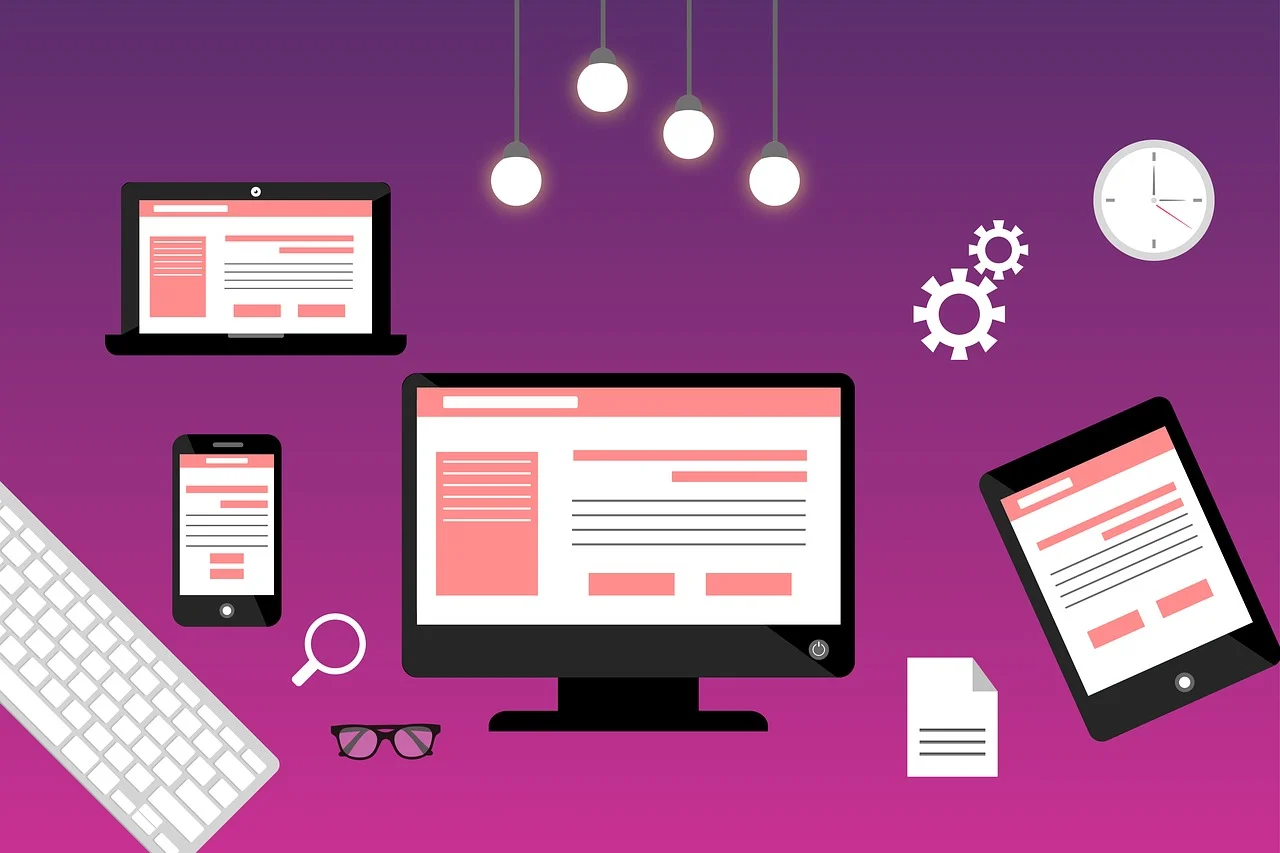Balancing Digital User Experience with Digital Sustainability: Challenge and Solution
 Victor Uzoagba
Victor Uzoagba
The digital revolution has reshaped our interaction with the world, hive-minding existence into a convenience unimaginable a few years ago. All of these technologies' effects on the structure of human interactions are almost invisible and often ignored next to better user experience. All of this raises a very particular set of issues with regards to balancing stellar user experience with reduction of ecological footprint: digital sustainability. This article aims to shed more light on these challenges and talk about possible solutions.
Understanding Digital Sustainability
Digital sustainability identifies user-friendly designs and software developments in a way that they contribute to reducing environmental degradation. It also considers energy-efficient coding practices, which allow for the use of sustainable hardware and management of green data. As digital activity grows up, it also grows its carbon footprint, hence the need for sustainability.
Balancing UX and Digital Sustainability: The Challenges
1. Performance vs. Energy Consumption
• Challenge: High-performance applications typically demand high computational power with energy use as a trade-off.
• Solution: Better code efficiency, lazy loading, and leveraging the cloud reduce pace of energy use without an increase in the rate of performance
2. Data Management and Storage
• Challenge: the rate of data storage requirements has led to an exponential increase in energy use in data storage centers.
• Solution: Data deduplication, compression, and algorithms for quick retrieval of data make storage more sustainable. Regular cleanups of unused data by users also contribute to lessening storage requirements .
3. User Device Dependency
• Challenge: End-user dependence on resource-consuming devices (such as high-end smartphones, high-powered laptops) increases, thereby increasing the environmental impact.
• Solution: Applications that perform across different model types, inclusive of the most entry-level ones, could lower the need to upgrade hardware very soon. One implementation of the mentioned solution is progressive web apps.
4. Feature Bloat
• Challenge: Numerous features are added to enhance the UX. However, it leads to "feature bloat" while applications grow in size and usage of resources.
• Solution: Embracing a minimalistic design philosophy means only really the necessary features are built and there is a greater possibility to build leaner, sustainable applications. It also implies that one should regularly assess what the functionality in the application is rarely used and strip it out not to end up creating bloat.
5. Energy-Intensive Animations and Visual Effects
• Challenge: High-be long complexity animations and high-definition visuals enhance the user experience but at large costs in terms of energy consumption.
• Solution: Delicately addressed through the vagaries of aesthetics and sustainability, mainly by way of simplistic and less power-consuming animations, with further possible measures achievable through an optimization of content for better performance. Adding a feature for users to turn off non-critical animations helps too.
Strategies for Attaining Digital Sustainability
1. Green Software Development: Optimized algorithms, minimized redundant computations, energy-aware programming languages, and frameworks. Development of green software not only reduces energy consumption but also improves the application's performance.
2. Sustainable Data Centers: This will be achieved by data centres running on renewable energy, efficient cooling systems, and virtualization that ensures the maximization of the usage of every server. Other companies, such as Google and Microsoft, are at the forefront with their carbon-neutral data centres.
3. Eco-Friendly Web Design: Designing for sustainability would actually mean keeping down, to the extent possible, resource-hungry elements of the site and optimizing images and videos. This would also ensure that there were minimal requests to a server. Other techniques that improve efficiency, such as responsive design and content delivery networks.
4. User Education and Engagement: Raising people's awareness about the ecological impact of their digital habits and promoting sustainable usage in terms of avoiding excessive high-resolution streaming and cleaning up can help, even if every little action means a lot.
5. Lifecycle Assessment of Digital Products: It gives areas of the highest environmental impact, thus guiding in the improvement of more sustainable hardware and software solutions of digital products through LCA.
Real-World Examples and Success Stories
1. Google Carbon Intelligence
• Google committed to using AI to optimize the energy of their data centers, and by so doing, it lowered 15% of energy use.
2. Ecosia's Green Search Engine
• Ecosia is a tree-planting search engine that uses its ad revenue. It is a complete digital product that integrates service value along with a concern for green.
3. Mozilla's Lean Web Initiative
• Mozilla's Lean Web initiative is about browsing lightweight, quicker, and thus sustainable web pages that use fewer resources for both data and energy, attesting to their concern for user experience and sustainability.
Conclusion
With this, it is not just plausible but also paramount to balance user experience with digital sustainability in today's world. In so doing, adoption of sustainability into software development, data management, and user engagement helps come up with digital solutions that are both efficient and green. A journey toward digital sustainability requires continuous innovation, collaboration, and a high-strung commitment to the cause if at all our digital future is to be as green as it is friendly to the consumers.
Subscribe to my newsletter
Read articles from Victor Uzoagba directly inside your inbox. Subscribe to the newsletter, and don't miss out.
Written by

Victor Uzoagba
Victor Uzoagba
I'm a seasoned technical writer specializing in Python programming. With a keen understanding of both the technical and creative aspects of technology, I write compelling and informative content that bridges the gap between complex programming concepts and readers of all levels. Passionate about coding and communication, I deliver insightful articles, tutorials, and documentation that empower developers to harness the full potential of technology.